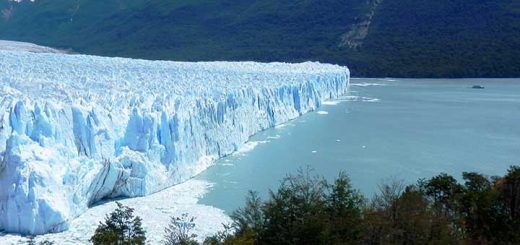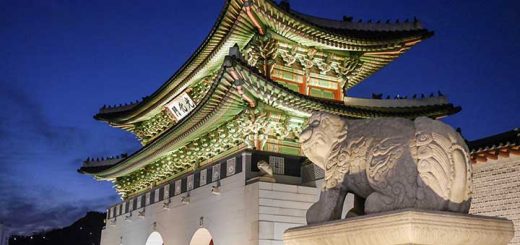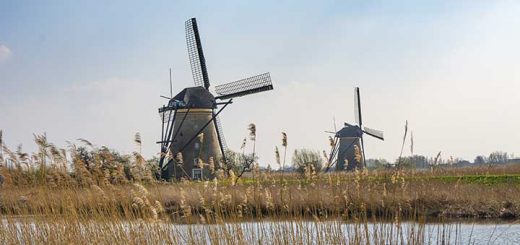Jordan Travel Guide
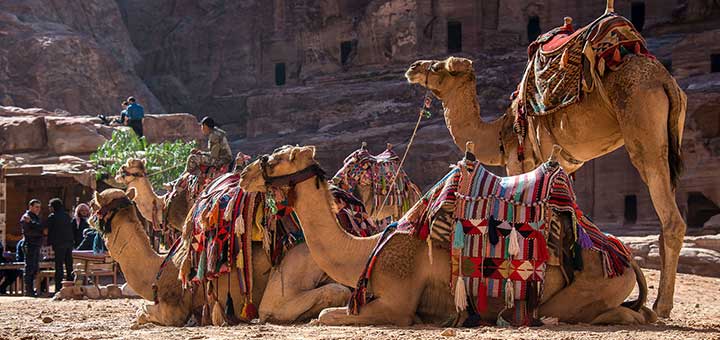
Despite the fact that the Middle East region is actively visited by tourists for already decades, Jordan remains one of the most mysterious countries of the region that recently started attracting the attention of people all around the world. With only a fraction of the visits that Israel and Egypt tend to accumulate over a year, Jordan may be a newcomer to tourism but it quickly started gaining popularity because of the uniqueness and quirkiness of the country.
Despite the fact that most of the people around the world envision a trip to the country mostly with the stereotype of an underdeveloped deserted place with many camels and sand dunes all around, this cannot be far than the truth. Jordan is a home to much more than the camels and the sand dunes, a place where you can explore and enjoy beautiful mountains, breath-taking beaches, ancient castles and churches, a rich culture, urban and modern people. Despite the still existing fear when considering the country as a holiday destination, Jordan is safe, friendly, welcoming, and comfortable. Indeed, Jordan is the Middle East’s most rewarding and unique destination.
The country consists of the jaw-dropping 85% desert. However, this one plain word simply cannot describe the multitude and variety of scenes and lands Jordan is a home to. To name just a few and this even won’t be enough but Jordan is a home to the unique red sands, towering cliffs, stony plains of volcanic basalt, hills with olive trees, the Jordan Valley running down to the infamous Dead Sea, which is the lowest point in the world, tranquil fields of wheat in the heart of the country, expansive canyons, craggy mountains, the magical coastline of Red Sea, which harbours some of the most spectacular coral reefs in the whole entire world, and so much more!
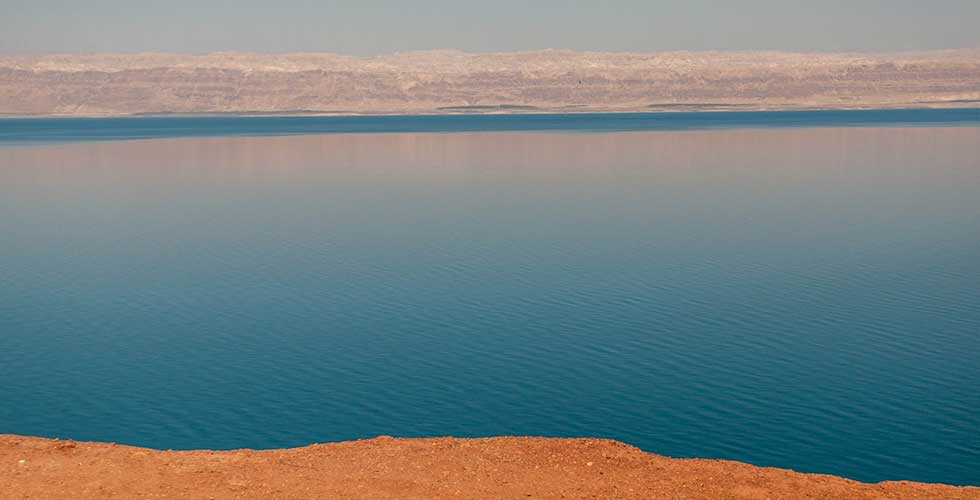
Dead Sea
Simply imagine the unique location of Jordan and you will understand why the country is built upon a unique blend of Asian, European, and African culture along with the quirkiness of the Middle East region. The tranquil and magical lands of Jordan have seen plenty of armies to come and go, a bunch of different nations leaving their culture and history there. So many different and spectacular evidence of conquests are left by the ancient Greeks, Romans, Christian Crusaders, and Muslims, so it becomes hard to put the country into just one limiting category.
Jordan is a home to a jaw-dropping number of so many different historical and archaeological sites that the country becomes a little microcosm of a very unique culture you cannot stumble upon anywhere in the world. To top up this colourful mix, even more, Jordan, along with its western neighbours Palestine and Israel, hold the monopoly on biblical history – Jesus has been most certainly baptized in the country, while these ancient lands have seen even more biblical scenes back in the days. There is no wonder that Jordan is called a sacred and holy land for a number of religions.
With so much ancient history around you would think that the country still lives in the past but this is far from the truth. The capital city of Amman is anything but old and boring, a bright example of a modern Arab culture, where poverty is an exception rather than a rule. With the pro-Western and pro-Arab attitude all at the same time and a pacifist approach to its neighbours, the Jordan government manages to build a modern and progressive Middle Eastern country of new- and old-world wonders. Jordanians can be proud of the high rate of education in their country with 2.5% of the total population being enrolled at the university, a proportion comparable to the UK. Hospitality is the basic concept of ancient traditions and modern lifestyle no matter where you go in the country and who you meet. Taking up at least one of the many invitations for a tea or a meal you will get while in the country will help you discover a nation of people with kind hearts and a cosmopolitan worldview.
The population of Jordan comes from an equally colourful origin as the landscapes of the country but no matter if present or former desert-dwellers (Bedouins), coming from a settled farming tradition (fellahin), no matter the tribe they come from, all of them take a great pride in their ancestry. There are still people living and working in their tribal lands in the desert, whether together in villages or apart in individual family units. The majority of the people living in the big cities and the capital also claim a tribe identity and there is no wonder why, because one of the main concepts of the local culture says that belonging to a tribe shows a respect to the authority of the communal leader (sheikh) and living in a community of shared values, history, and culture. Honour and mutual defence are very strong words among the Jordanians along with respect and loyalty.
There is no doubt that the main attraction of Jordan is the beautiful ancient city of Petra, just about 2000-year-old and carved from sandstone cliffs in the southern region of the country. Petra is certainly not simply a beautiful backdrop for Instagram pictures but a whole new wonder in the world you cannot see and admire anywhere else in the world. Most of the visitors often talk about how Petra exceeds their expectations with its extraordinary architecture and powerful atmosphere.

Petra
However, Jordan is definitely not all Petra because the country is a home to many more historical sites and cultural landmarks. Some of the outstanding out of them is the well-preserved Roman city of Jerash, the set on a dramatic promontory overlooking the beautiful Sea of Galilee Umm Qais, Mabada with the world’s oldest map of the Middle East laid on the floor of a church.
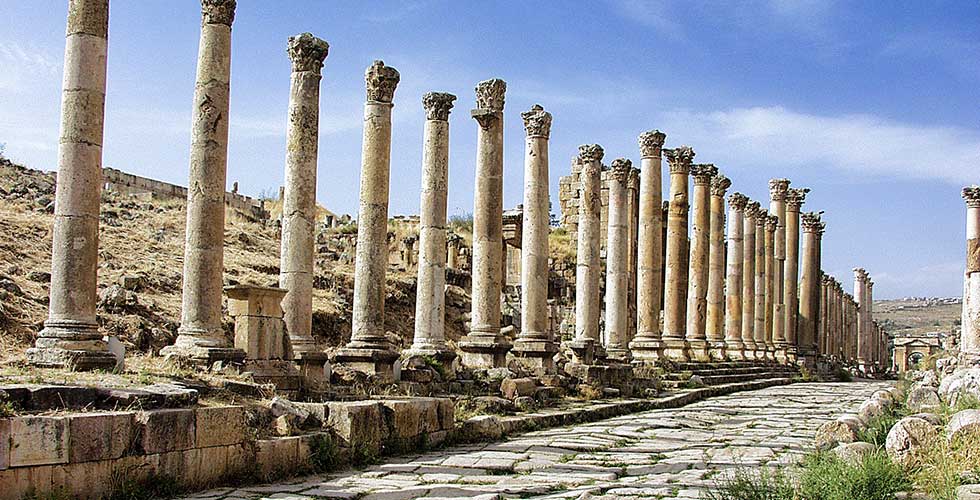
City of Jerash
Another impressive landmark worth visiting in Jordan is the ‘Desert Castles’ left by the Umayyad dynasty after the Muslim conquest including the bath-house of Qusayr Amra and its jaw-dropping beautiful frescos. The southern part of Jordan is known for the strong influence of the Crusaders and the huge castles at Karak and Shoba they have left centuries ago. As a bright example of the Arab existence to the Crusader invasion, the fortress at Ajloun lives in the north in its marvellous tranquillity for the generations to remember.
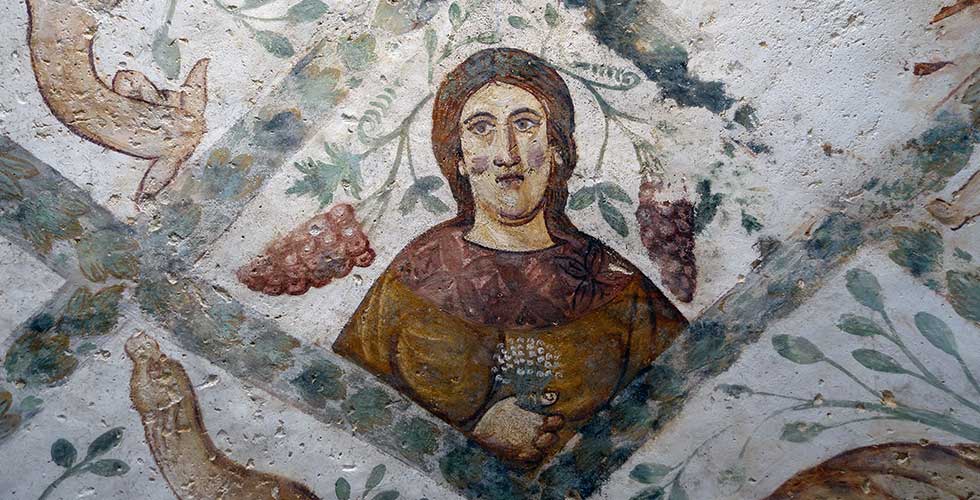
Qusayr Amra
Jordan is a big part of the ‘Holy Land’ with plenty of religious and biblical sites to visit – the Baptism Site of Jesus on River Jordan, Mount Nebo, from where Moses looked over the Promised Land, the hilltop palace at Mukawir where John the Baptist met his death, the Lot’s Cave where Abraham’s nephew sought refuge from the rout of Sodom and Gomorrah, and many more.
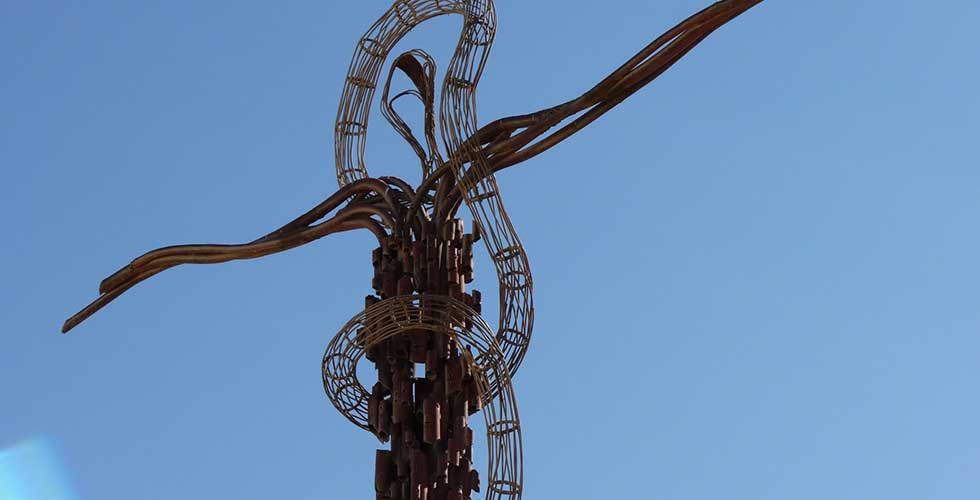
Mount Nebo
Considering the fact that the majority of Jordan’s lands are a desert, the vast and varied nature of the country is simply impressive. The classic desert picture of Arabia and the set of the David Lean’s movie Lawrence of Arabia are the sheer cliffs and red sands of Wadi Rum. Not that popular but equally beautiful and impressive are the gentle hills of around the Ajloun forests in the north. The region offers plenty of opportunities for walks to remember along flower-strewn meadows and shady woodland. The south is a home to the tranquil and magical Dana that overlooks a beautiful territory stretching from verdant highland orchards to the sandy desert floor.
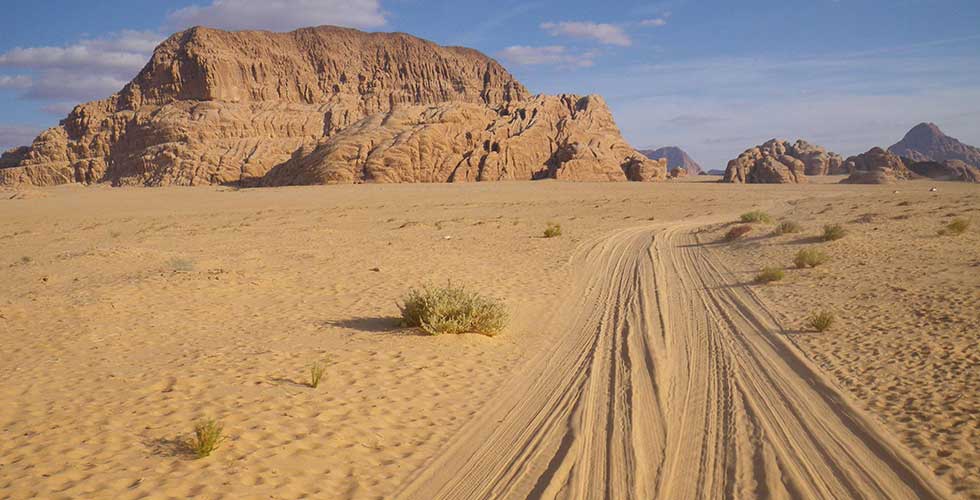
Wadi Rum
Another landmark recommended for visiting is the protected giant canyon Wadi Mujib that narrows to a rocky gorge carrying a river down to the extraordinary and unusual Dead Sea.
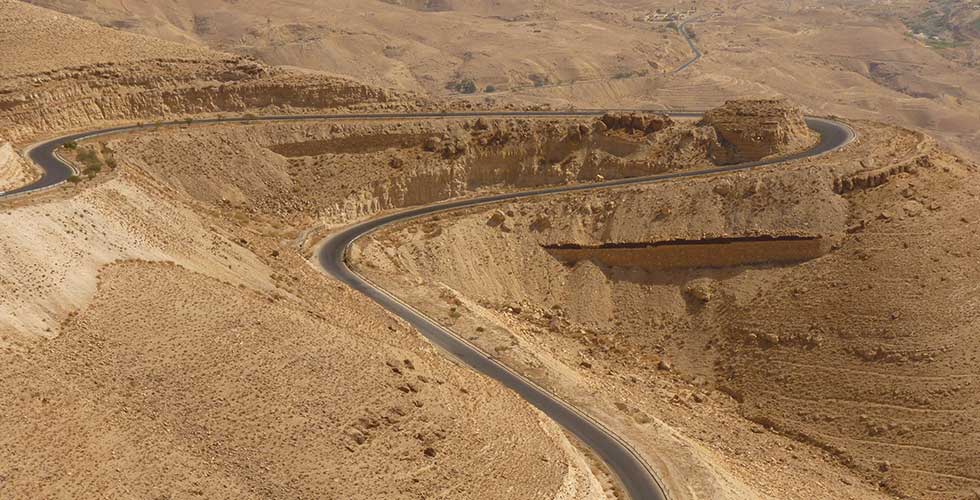
Wadi Mujib
A note to remember is the fact that the Dead Sea is actually not a sea but a lake and it is too buoyant to for swimming but a perfect spot for floating in the water – something you won’t be able to experience anywhere in the world. The coral-fringed Red Sea coast off Aqaba offers some of the world’s most spectacular underwater scenes and is a perfect destination for snorkelling and diving enthusiasts and adventurers.

